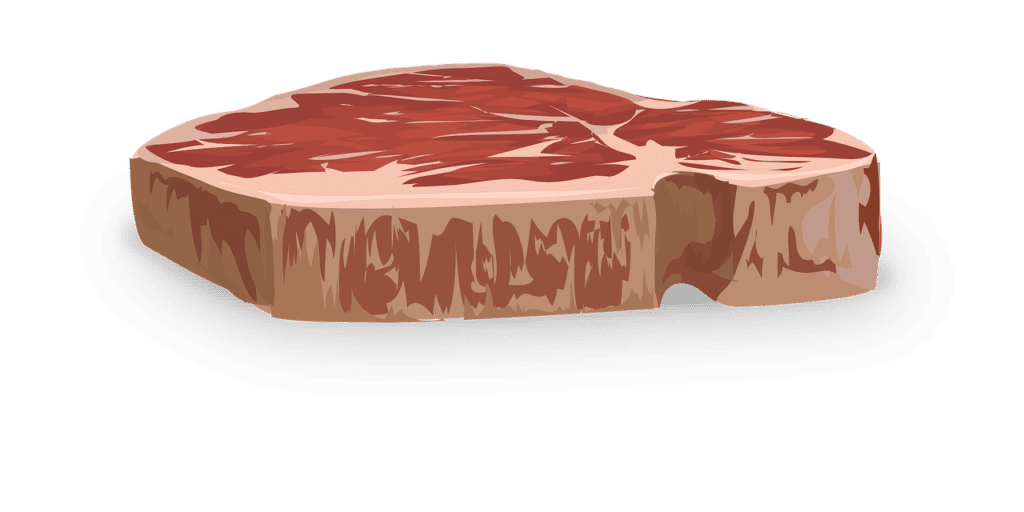A new study details how to create lab-grown meat that has a more natural taste and texture. The process will also allow more control over the structure of the meat, so consumers will be able to pick the exact amount of fat content or marbling they want.

Steakhouses today may ask customers how they’d like their meat to be cooked, but a new paper from McMaster University could mean they’ll soon ask how we’d like it “tuned”. Their paper describes how a more natural feeling and tasting type of lab-grown meat can be produced. According to the authors, this will provide a more “real meat” experience and allow people to have as much fat or marbling on their cut of meat as they want.
Sheets to slabs
“We are creating slabs of meat,” co-author Ravi Selvaganapathy says in a media release. “Consumers will be able to buy meat with whatever percentage of fat they like – just like they do with milk.”
The authors, both from McMaster’s School of Biomedical Engineering, developed a new technique to create lab-grown meat. It involves stacking thin sheets of cultivated muscle and fat tissues, then merging them together. It’s similar to the approach we use to grow human tissue for transplants, the authors explain.
Each of these sheets is as thin as a sheet of paper, and they’re made from cells first grown in a lab culture. They naturally bind to one another while the cells are alive, says Selvaganapathy. This process helps impart the improved texture to the meat. The team tested their approach with cells harvested from lab mice. They didn’t eat that one, but they did eventually grow, cook, and taste a sample from rabbit cells.
“It felt and tasted just like meat,” Selvaganapathy reports.
Although their experiments didn’t include these types of cells as well, the team is confident that beef, pork, or chicken will be growable using this approach in the future. The stacking-sheets approach is also easily scaled-up for industrial production, they add.
The global demand for meat is putting a heavy strain on nature, as it takes a lot of food, water, and land to grow our livestock — and they also produce ample methane, a powerful greenhouse gas. Factory farms also need to feed their animals antibiotics constantly to avoid disease, which is helping bacteria develop resistance to drugs. Lab-grown meat can help address this demand much more cleanly and efficiently.
“Meat production right now is not sustainable,” Selvaganapathy contends. “There has to be an alternative way of creating meat.”
The McMaster team is currently working on a start-up company that can produce meat using this technique and sell it commercially.
The paper “Engineering Murine Adipocytes and Skeletal Muscle Cells in Meat-like Constructs Using Self-Assembled Layer-by-Layer Biofabrication: A Platform for Development of Cultivated Meat” has been published in the journal Cells Tissues Organs.






